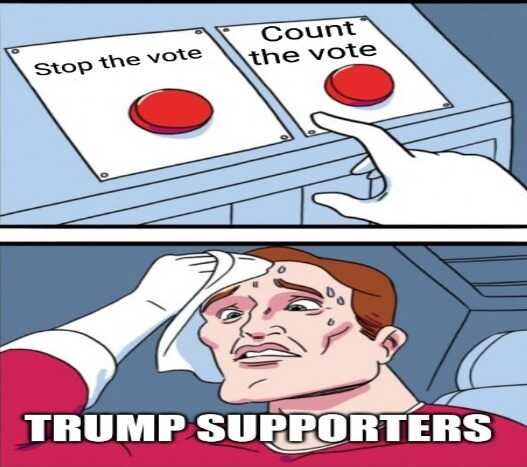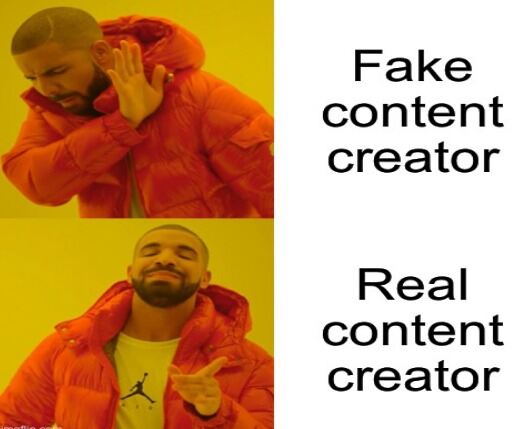In the age of digital communication, meme culture has become an influential force, shaping opinions and spreading information in a unique, often humorous manner. Memes serve as a means of cultural expression which is seen in various forms such as texts, videos, GIFs, or images, humorously conveying ideas, behaviours or situations.
However, they extend beyond mere entertainment, influencing and shaping societal norms, beliefs and attitudes in ways that might not be immediately apparent. Beneath the laughter lies a complex web of ideas that can perpetuate misconceptions and have deeper implications on our ever-evolving digital landscape.
Humor as a Trojan horse
The participatory nature of meme creation also plays a crucial role. Humour as a trojan horse is used to make the content amusing and to gain attention and acceptance more easily. The approach creates an emotional connection, allowing the underlying message to be conveyed effectively. The viral nature of mems further amplifies their impact, helping unconventional or thought-provoking ideas reach a wide audience subtly and entertainingly.
Memes may be created without proper research or fact-checking perpetuating inaccuracies. Timing is a very dominant factor. Content related to current events or trending topics gains traction quickly and is easily shareable across various online communities.
Memes in a polarised environment
In a polarized environment, memes often contribute to the division by amplifying and reinforcing existing ideological differences. They carry the potential to deepen divides while also playing a role in reflecting societal expressions. Memes containing misleading information, whether intentional or not, can quickly spread, contributing to the polarization of viewpoints and shaping public opinions.
A real-world example contributing to polarization could be a political meme that exaggerates or distorts the actions and statements of a public figure. During the 2020 U.S. presidential election, memes like the “Zoom In” trend gained popularity. This involved zooming in on a particular detail of an image to reveal a humorous or unexpected message.
People from various political backgrounds used this format to create content that ranged from poking fun at candidates to highlighting shared experiences during election season. By using humour and relatability, this type of content has the potential to bridge divides by finding common ground in the absurdity of political processes.

Impact on critical thinking skills
Memes are often designed for quick consumption, relying on visual elements and concise texts. While this can be entertaining, it may discourage a nuanced understanding of subjects. People might get accustomed to quick judgements rather than engaging in critical thinking. Excessive exposure may contribute to superficial thinking and reduced attention spans, potentially hindering deeper analytical skills.
On the other hand, they can encourage creativity and quick thinking, fostering a sense of humour. Analyzing memes can enhance cultural awareness and the ability to interpret information within specific contexts. It also promotes interdisciplinary thinking, encouraging individuals to make connections between different areas of knowledge.
Both the positive and negative aspect requires a balance which involves mindful consumption and contemporary learning strategies. Contextual awareness, exposure to diverse perspectives, analysing the authenticity of sources and facts, awareness of biases, and online engagement with focused learning are some of the key elements in striking a balance.
The allure of Vlogger’s culture and their ethical dilemmas
In the ever-expanding realm of digital content creation, the rise of vloggers has become a cultural phenomenon. The allure of vlogger culture is undeniable, but it coexists with ethical dilemmas that can impact both creators and audiences. However, a concerning trend is emerging as some parents exert pressure on their children to become young vloggers.
Ethical concerns arise when parents push their children into vlogging, raising questions about consent, privacy, and the potential impact on the child’s well-being. The pursuit of views likes, and sponsorships can sometimes lead to content exaggeration or manipulation. The pressure to share personal experiences blurs the line between public and private life.
Striking a balance between a child’s right to privacy and the parent’s aspirations requires careful consideration and a commitment to the child’s overall development. Ensuring that the child’s voice is genuine and not compromised by external pressures is crucial for fostering a healthy and trustworthy online presence.
Authenticity v/s Scripted content
Authentic content reflects genuine emotions, unfiltered reactions, and a transparent portrayal of the creator’s personality. This approach builds a connection between the creator and the audience, fostering a sense of reliability and trust. On the flip side, scripted content is a strategic endeavour where creators meticulously plan and execute their material. In such cases, viewers may appreciate the entertainment, but they may also question the sincerity behind the content.
The digital age has given rise to a vast sea of information, making it increasingly challenging to distinguish between genuine content and deliberately misleading narratives. Deepfake technology allows the creation of highly realistic videos where individuals appear to say or do things they never did. These videos can be used to spread false information or manipulate public perception.
False rumours and misinformation often spread rapidly on social media platforms, leading to the perpetuation of inaccuracies due to the speed and volume of information sharing. Also, satirical news websites may produce content that mimics real news stories. Readers may mistake the satirical content for genuine news, leading to confusion and the unintentional spread of misinformation.

Need for media literacy
Social media literacy in meme culture is increasingly crucial for the generation. Understanding the context behind the post helps individuals interpret its intended message, avoiding misinterpretation. Social media literacy encourages users to question the content they encounter, promoting critical thinking. Users should be equipped with the skills to analyze and interpret various media formats within memes to avoid being misled, manipulated or taken out of context.
Social media literacy helps individuals recognize how memes can transform over time and the potential impact of these changes on their meaning. Users need to be aware of the ethical considerations associated with content creation and sharing, encouraging them to verify information, check sources, and consider potential consequences before sharing.
Conclusion
Memes have become a universal language, transcending linguistic barriers and connecting people globally through shared humour and cultural references. Such content, with its entertaining and engaging nature, can coexist with a commitment to accuracy and truth, fostering a more informed online community.
However, to mitigate the potential harm caused by them, users need to approach them critically. Encouraging media literacy, fact-checking, and responsible content creation are crucial steps in navigating digital landscapes.
-TANYA SHAH
MUST READ: NANOPLASTICS IN BOTTLED WATER: 10 TIMES WORSE THAN ONCE THOUGHT